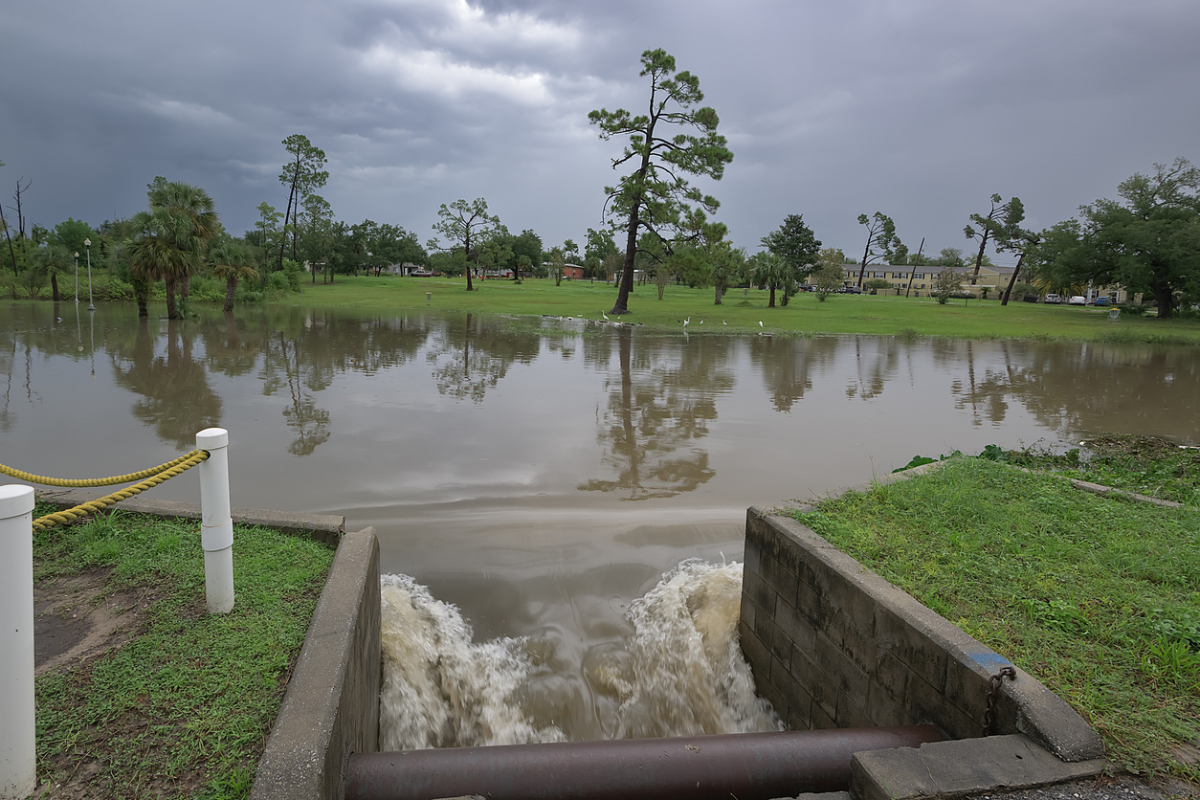If your construction site or industrial operation has even the slightest chance of sending runoff into nearby drains, rivers, or lakes, you’re probably aware that you need a stormwater permit. But why do you need a stormwater permit in the first place? The answer goes beyond checking a box for compliance; it’s also about protecting waterways, your business, and your bottom line.
These permits are designed to help you control runoff and prevent pollution from leaving your site. Without one, you could face expensive penalties, delays, and long-term damage to your reputation. Let’s dig deeper into why stormwater permitting is so important, when it’s required, and how it can actually work to your benefit.
Why Do You Need a Stormwater Permit?
A stormwater permit serves one primary purpose: to stop contaminated water from flowing off your site and harming the environment. When rain or snowmelt moves across a property, it can collect sediment, oils, chemicals, and debris. Without proper controls, all of that ends up in local waterways, where it can damage ecosystems and contaminate drinking water sources.
Stormwater permitting is designed to prevent this by requiring businesses and construction sites to develop a runoff management plan. Most permits require a Stormwater Pollution Prevention Plan (SWPPP), which is essentially a document outlining how you’ll control runoff, reduce contaminants, and maintain compliance with your site.
In short, stormwater permits aren’t just government red tape. They help protect your community’s water supply while shielding your business from fines and legal headaches.
When Do You Need a Stormwater Permit?
Not every site needs one, but if your work disturbs soil, stores materials outdoors, or handles pollutants, there’s a good chance you’ll need coverage. Common scenarios where a stormwater permit is required include:
- Construction projects disturbing one acre or more, including grading, clearing, or excavation
- Industrial facilities where raw materials, waste, or products could be exposed to rainfall
- Municipal storm sewer systems (MS4s) that manage runoff for urban areas
Some municipalities even require permits for projects smaller than one acre, especially if they are located near sensitive waterways. If you’re not really sure where your project falls, working with specialists in environmental consulting services can help you determine exactly what applies and avoid last-minute surprises.
What If You Skip the Permit?
Failing to obtain a stormwater permit can cost you far more than the time it takes to apply. Regulatory fines for noncompliance can quickly add up, often reaching tens of thousands of dollars. Enforcement actions can also halt your project entirely, leading to costly delays.
Beyond the financial risks, there’s also a practical side. Permits and SWPPPs help prevent flooding, soil erosion, and site damage—issues that can derail your timeline and create expensive cleanup costs. Simply put, having a permit is as much about protecting your project as it is about following the rules.
How Stormwater Permits Actually Help Your Project
While they might feel like another hoop to jump through, stormwater permits offer clear benefits. They:
- Create a roadmap for compliance to make inspections and audits easier to handle.
- Help avoid costly site damage by controlling erosion and runoff.
- Protect your brand reputation by showing your commitment to environmental responsibility.
- Save time in the long run by preventing violations and delays.
With support from experts in stormwater permitting, it’s possible to develop a plan that meets all requirements while fitting seamlessly into your project timeline.
Keep Your Project Compliant with Ramtox
Ramtox offers environmental consulting services that simplify stormwater permitting and compliance from start to finish. Reach out today to get expert guidance and keep your project moving without the stress of regulatory surprises.
